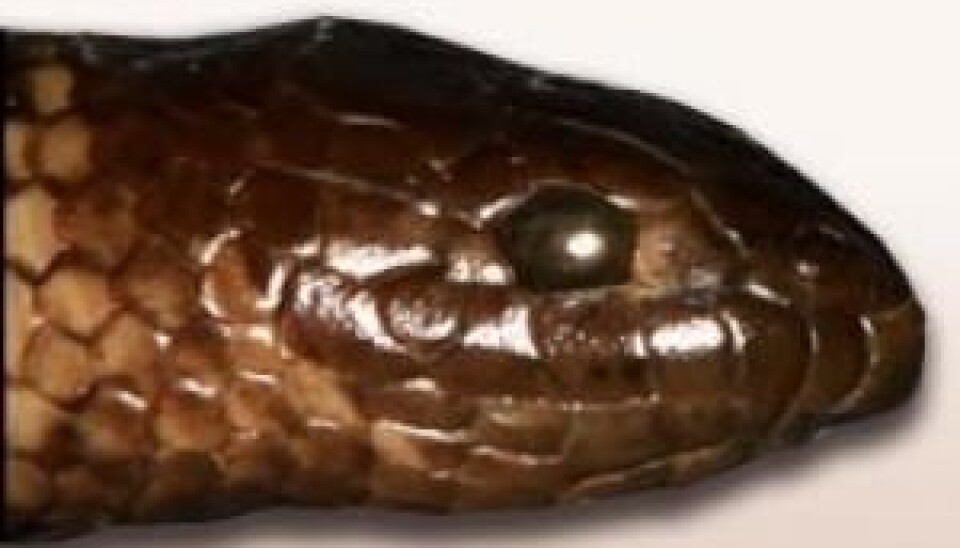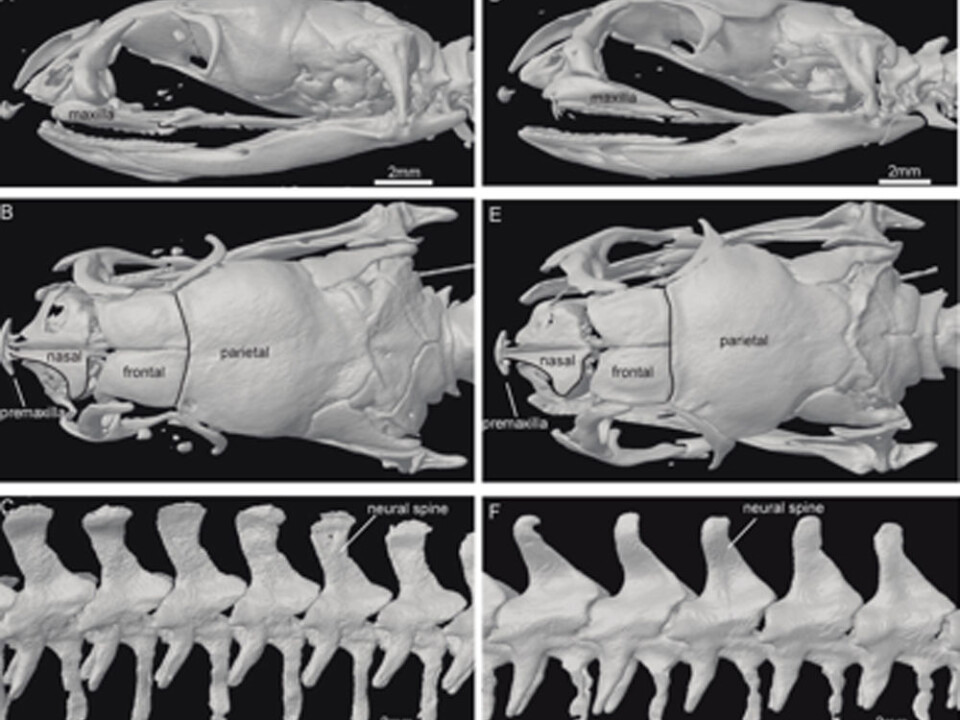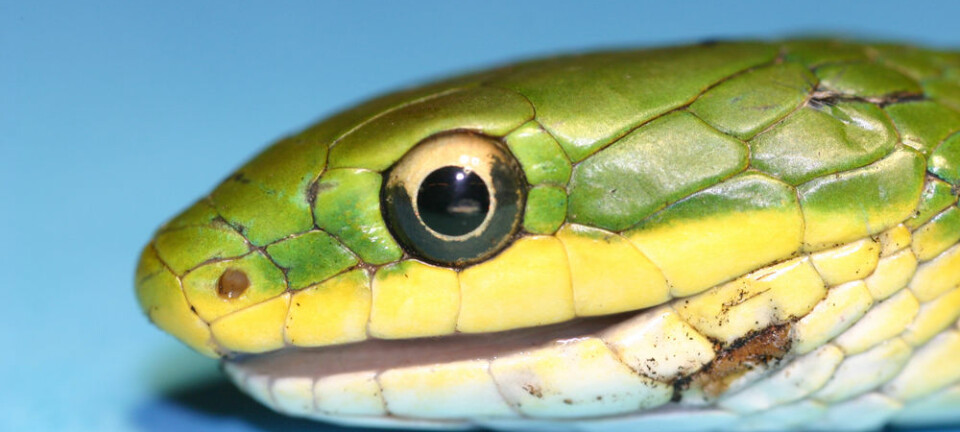
New sea snake species rattles scientists
A newly discovered species of sea snake gorges itself with fish eggs in Australia’s coral reefs. The distribution of the species could give new insight into aquatic life..
Danish zoologists and Australian researchers recently found specimens of a completely new sea snake species which is frolicking in Australian waters.
Since the creature is embellished with beautiful mosaics on its back, scientists have named the new species Aipysurus mosaicus.
“What’s really interesting is that this unknown species has been swimming right in front of our noses without any of us noticing it,” says Arne Redsted Rasmussen, an associate professor at the Royal Danish Academy of Fine Arts, Schools of Architecture, Design and Conservation.
As early as in 1993, Rasmussen examined a specimen of the species, but he incorrectly classified the snake as a well-known species.

“Now I’ve found several specimens with the same special characteristics and I can now demonstrate that we’re dealing with a completely new species, and that comes as a huge surprise,” he says.
The discovery has just been published in the scientific journal ZOOTAXA.
Unique characteristics
Rasmussen and his colleagues have captured several specimens of the species during expeditions to the area in recent years. They examined the snakes in great detail by mapping the
- Markings on their backs
- Cranial structures
- Colour patterns
- Genetic fingerprint in the form of DNA
- Stomach contents
What’s really interesting is that this unknown species has been swimming right in front of our noses without any of us noticing it.
The many detailed studies revealed several unique characteristics:
"Aipysurus mosaicus is one of three species that feed exclusively on fish eggs, which it detects in the reefs on the sea floor,” he says. “The animal’s DNA and its markings also reveal some clear differences. In addition, the placement of the heart turned out to be different to the known species. On this basis, we concluded that the captured sea snakes were something very special."
The difference is in the details
The big question was when the unknown species came into existence. To find an answer, the scientists compared the snake’s DNA with DNA from known species. They found that Aipysurus mosaicus had a particularly high degree of similarity to another species, Aipysurus eydouxi.
The comparison revealed that the two species went their separate ways thousands of years ago. This split-up was apparently conclusive, as the researchers have yet to find a single specimen of sea snakes with genes that are a combination of these two species.
Now I’ve found several specimens with the same special characteristics and I can now demonstrate that we’re dealing with a completely new species, and that comes as a huge surprise.
It’s not unusual for two species to continue to mate with each other and have common offspring, but this hasn’t happened here. It’s a bit of a mystery how the two species have managed to stay apart when they live in the same area and are similar in so many ways.
“But the small differences seem to be enough for them to have developed different behaviours.”
They drifted apart
The discovery of the new sea snake species isn’t only interesting for snake geeks; it also sheds new light on major biological mysteries such as how new species arise.
Scientists know that new species can arise when two groups of the same species are separated physically – e.g. if terrestrial animals unwittingly end up isolated on an island and thus evolve in a new direction.
Over several generations the two groups will move away from one another. When they meet again, they can no longer recognise each other and will not mate with each other.
“Our discovery suggests that new species can also be formed in another spectacular way – we’ll have more about that when we have analysed our data in greater detail,” says Rasmussen.
------------------------------------------
Read the Danish version of this article at videnskab.dk
Translated by: Dann Vinther




